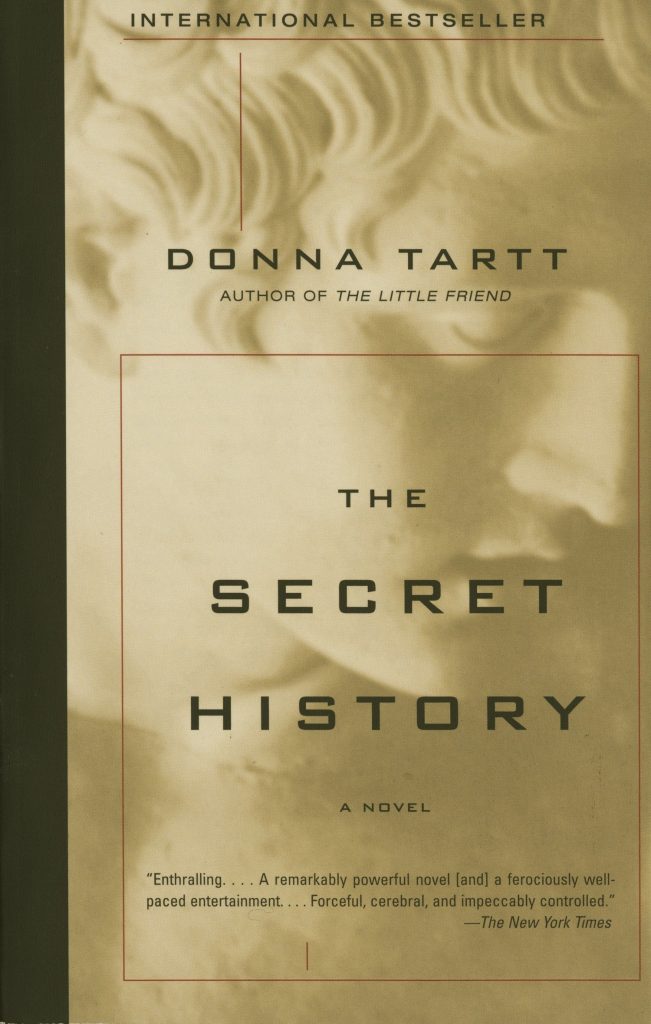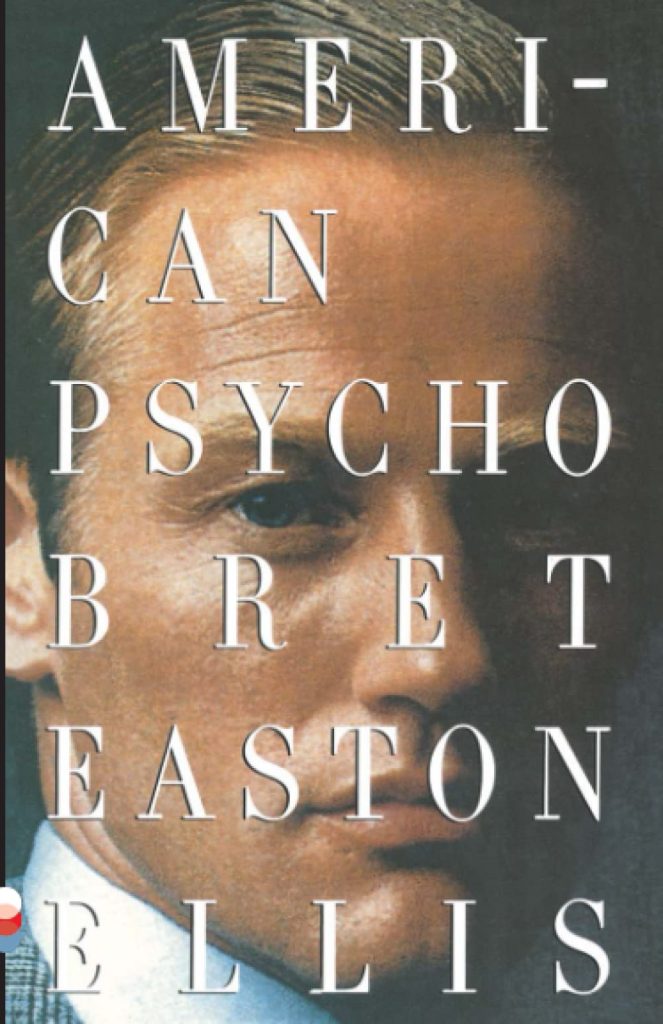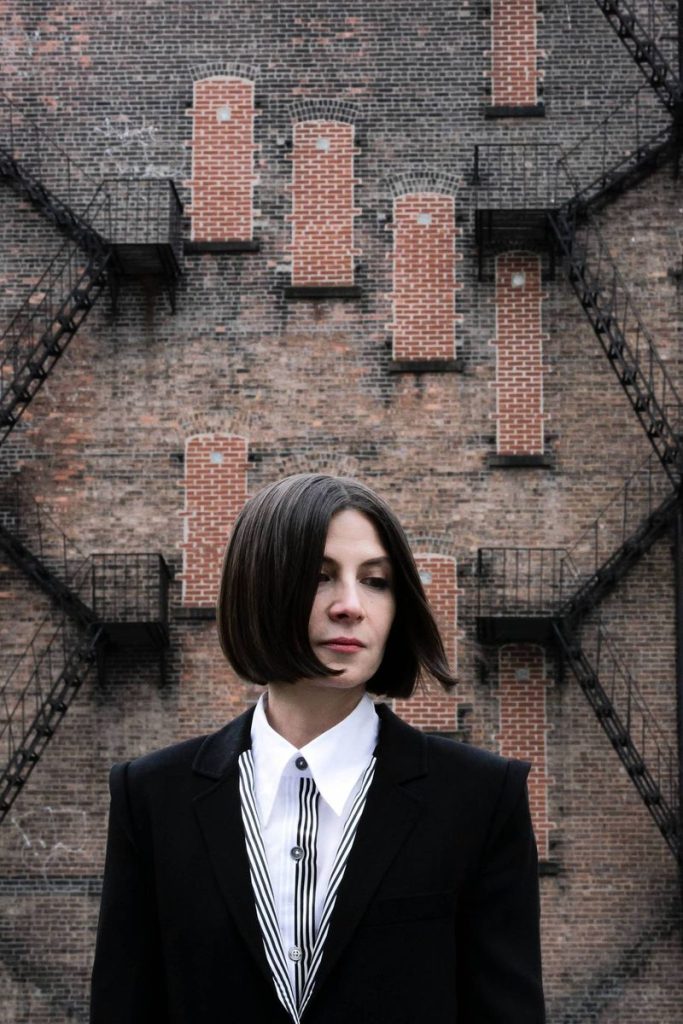In May of 2019, journalist Lili Anolik published a doozy of an article in Esquire chronicling “The Secret Oral History of Bennington: The 1980’s Most Decadent College”. This past September, Anolik turned that juicy piece into a season-long podcast called Once Upon a Time…at Bennington College, utilizing her previous research to explore themes of talent, fame, privilege, and excess more deeply. The piece and the podcast concern Gen-X literary stars like Bret Easton Ellis, Donna Tartt, and Jonathan Lethem, the Bennington class of 1986 who would go on to shape the face of literature in the 1980s and 90s. To recap: Ellis scandalized with Less Than Zero and American Psycho, two works so vulgar and soulless (on purpose) that they sent older generations into a tizzy with concern for “the youth”. Tartt’s debut novel The Secret History was immediately dubbed a classic shortly after its release (and is a current TikTok sensation). Lethem gained fame with his National Book Award winning Motherless Brooklyn, which captivated Hollywood actor Edward Norton so thoroughly that he held the film rights for 20 years, finally releasing an adaptation in 2019.
But more than that, the podcast is about the glittery mystique of literary circles that flourished in the pre-social media age. This was a time when culturally resonant authors were treated like celebrities, scoring invites to the MTV Video Music Awards, for some reason. Reminiscing about Ellis’s launch into stardom as an enfant terrible, Bennington alumni recall the author’s glitzy college graduation party, which was attended by Andy Warhol (Jean-Michel Basquiat would make appearances at later parties as well). While all this glamorous success took place in New York, Bennington College, a small liberal arts school in Vermont, is key to these authors’ works, and is memorialized by its most (in)famous students. In Ellis’s The Rules of Attraction, the school is dressed up as “Camden College”, home to a host of despicable, ultra 80s characters. The Bennington of Donna Tartt’s world (this time called Hampden College) is one of old world Romance (capital R), a Brideshead-esque place of philosophy, decaying decadence, and not-so-secret drinking problems (the two might occupy the same universe: Ellis’s work mentions a group of students who “dress like undertakers”; presumably the Classics group in Tartt’s novel).
For outsiders, the enduring allure of Bennington isn’t necessarily in the creative outputs of its students, but rather the fiction-like environment in which they honed their skills. Seriously, a leafy Vermont college full of soon-to-be famous authors and musicians? But this tradition of inspirational locales has a long history among literary groups. The Harlem Renaissance is so named because it grew out of the New York neighbourhood, with writers like Zora Neale Hurston (an Alabama native) and Langston Hughes (of the Midwest) finding inspiration while studying at Columbia University. The “Lost Generation” of 1920s American ex-pats took to Paris to escape the social conservatism of their home country (a move that would be followed later by Henry Miller, whose Tropic of Cancer was tried for obscenity in the US, and James Baldwin, whose New York publisher warned him that Giovanni’s Room would ruin his career). Even further back, in the summer of 1815, a group of friends including Mary Shelley, Lord Byron, and Byron’s friend/physician (?) John Polidori were holed up in a Swiss villa one stormy night. They all decided to write ghost stories, and the seed of what would become Frankenstein was planted. And while Byron quickly got bored of his story, Polidori took it and crafted The Vampyre—the basis for all our sexy vampire romances (and high-key based on Byron). In a single weekend!
It’s the exclusivity of it all, I think, that makes these literary people and places so appealing—like a legendary party you missed out on. And it feels a world away. It’s hard to imagine, in this post-social media world, a singular place serving as a base for a group of talented writers, many of whom would go on to influence culture at large. You can now connect globally from the comfort of your couch. The juggernaut of the millennial zeitgeist is undoubtedly Sally Rooney, but she’s not surrounded by a fabulous circle of equally exciting talent at her home in Dublin (that we know of, anyway). Instead, Rooney-adjacent writers like Raven Leilani, Torrey Peters, or Brandon Taylor reside in their own spaces, connected by a shared generational experience that, thanks to the internet, transcends geographical boundaries. And, depending on social media use, we have full access to these literary figures at all times. There’s no remove, no mystery, which oftentimes makes it hard to separate the author from their work (which can be detrimental to both reader and writer).
Anolik’s reporting does have some questionable facets, though. It’s fueled partially by hearsay, which gives it that juicy, gossipy goodness. It’s an oral history, after all, and the stories are coming right from the horses’ mouths. A particular sore spot for me is the indulgence of Bret Easton Ellis as a mouthpiece for the era. Anolik places far too much trust in the wunderkind-turned-professional troll’s narration, which Vulture calls “performatively unreliable” in a frank interview with Anolik. Ellis makes several wild claims throughout the podcast’s run, including a story from his teenage years about a dead body (that his friends from the time deny), and his conviction that Joan Didion’s husband John Gregory Dunne was gay (which is not supported by anyone who knew him). He is, I think, a little too eager to talk. How much of what we’re hearing is true? And what value does it add to the story?
Moreover, Donna Tartt’s voice is conspicuously missing. As someone who only emerges into the public eye once every ten years to promote a new book, Tartt naturally declined to be interviewed. Anolik does a good job of piecing together a comprehensive history of the shadowy author, from her early days as a Mississippi pageant girl (!!) to her messy personal relationships at Bennington—but without Tartt on board to share her thoughts, Anolik fills the space with her own conjectures. Educated conjectures, but conjectures nonetheless. The podcast made news earlier in its run when Tartt’s legal team requested that it be pulled from Apple and Spotify (the request was denied and has since been dropped). Knowing this, I went into it a bit apprehensive—was I violating Tartt’s privacy by listening? Was I about to hear something that would make me turn on her?
Ultimately, my love of gossip won out. And I can firmly say that nothing revealed about Tartt is particularly scandalous. There’s nothing a reader wouldn’t glean from reading her work, anyway. Perhaps the biggest surprise is just how closely the Classics students of The Secret History are based on Tartt’s Bennington peers, and how miffed they still seem to be about it (characters so ridiculous and unlikeable that it’s a wonder anyone admits to being their real-life counterparts). Still, authors borrowing from real life is nothing new, and in a narrative that contains copious drug use and shady characters, Tartt comes out pretty clean. Perhaps it’s the demystifying nature of Anolik’s reporting in general that she takes issue with—unravelling her secret history, as it were.
If you love a literary spectacle, or stories full of big names interacting with each other, or just glimpses into the recent past, you can check out Once Upon a Time…at Bennington College on your favourite podcast app (the last episode is out today!). And if you want to delve into the writing of these iconic Gen X’ers, visit your local VPL branch or check out Overdrive and Hoopla!



Oh maaaan, I read The Secret History when it blew up on tumblr a few years ago. I remember very little of the actual content, because a mad sort of Dionysian haze swallowed me entirely as I read it in one setting. It was like a fever dream; I just have a lasting impression of terribly wonderful, awful characters. I haven’t reread it since, in case the magic and horror of it fades (and I’m a big re-reader of books). Very cool to learn it was based on/influenced by not only real life, but Donna Tartt’s life specifically! Can’t believe these experiences can still be had and aren’t relegated to Byron’s time. Amazing!
“a mad sort of Dionysian haze swallowed me entirely as I read it in one setting” I love this description! That’s exactly it. Donna Tartt would be proud. And I agree, it’s wild that these sort of antics happened in the 1980s rather than just the 1880s! I wonder if there are any university students out there now acting like these pretentious kids (probably). I’ve reread The Secret History a few times and it holds up! I also have the audiobook, which is narrated by Donna Tartt herself. I listen to it periodically when I’m in the mood haha.